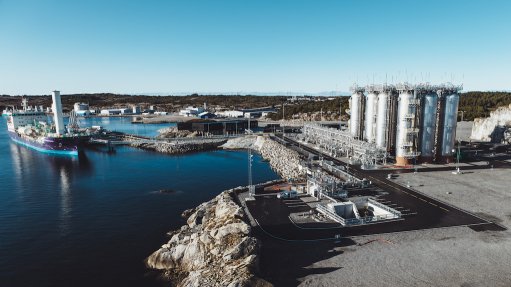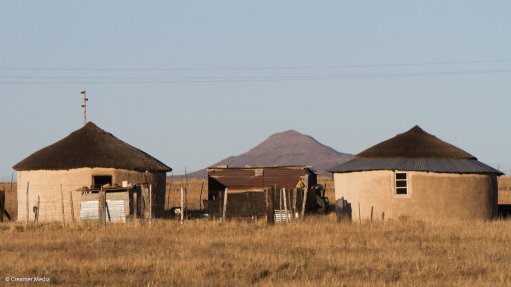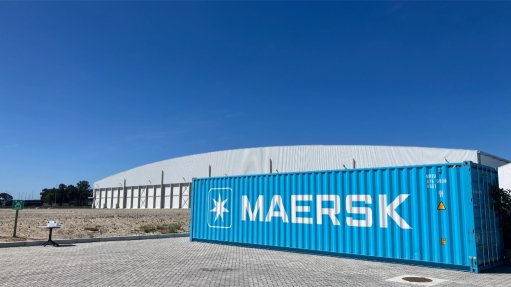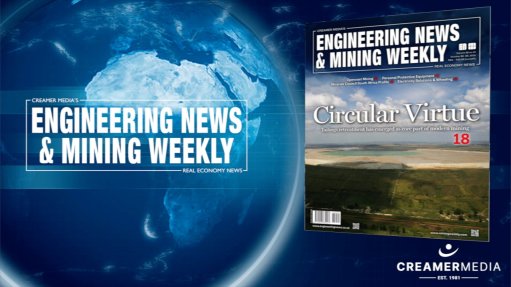Marrying the carbon budget idea with a carbon tax
The Long-Term Mitigation Scenario (LTMS) envisages a purposive transition during which there are insignificant barriers and there is no competition for resources, and obtaining resources is not a problem and coordination is not hampered by the stretching of intellectual and skills capability. It assumes the ideal scenario. However, for South Africa, the different transition scenarios may well play themselves out differently for different sectors or activities. The LTMS, in effect, does set a carbon budget with a carbon pricing or market mechanism facilitating further emissions reductions.
The challenge the LTMS posed was simple – there is asymmetry of information between government goals and what firms or the industry knows. How to break that is the key issue.
The question, therefore, is: How does one manage the relation between the complexities of a carbon budget approach and a rising externality price through a carbon tax and ensure that the economy and its different sectors grow sustainably?
One possible tool to consider are adjustment feasibility reports (AFRs) for improving infor- mation and decision-making. AFRs are aimed at enriching the ground view against national or sectoral ambition and provide a new lens through which to look at the carbon budget approach to solving the issue of emissions reductions and a more sustainable path for economic development. They can help identify where sectors are at and whether purposive transitions are appropriate or not.
An AFR would be a more detailed trade-off analysis of whether a carbon budget for a specific sector can be adhered to within a given timeframe or not. An AFR would define high-emitting activities within a ‘sector’ (as far as a sector definition can be precise), so it can be used to assess mitigation options and the feasibility of these options within a sector, cluster of like firms or a specific firm itself that is a high emitter.
What constitutes the elements of an activity (whether it is a logistical, behavioural or tech- nology issue), what the investment requirements would be, what the current level of lock-in is for existing infrastructure, an assessment of the replacement costs, the inevitability of a particular pathway because of global technology shifts and necessity of competitiveness, and whether change can be self-engineered or adjustments requiring substantial knowledge, investment and coordination effort are issues that warrant attention.
Different activity- and sector-based AFRs would allow for a comparison and prioritisation based on least-cost scenarios. The most expensive options would require that a more strategic view be taken by government and industry, based on economic impacts or opportunities to drive new technology growth paths and industrial development. AFRs would allow real-life factors to texture the ideal scenario. They would ensure a bottom-up approach. This would also mean that, when a carbon ceiling is set, some sectors may have the best least-cost options, while others might entail a heavy a cost burden.
AFRs could facilitate a more transparent assessment of trade-offs and proposals of sensible pathways based on rigorous analysis. The pathways can fall into three categories: low-cost options; high implementation costs, even though the capital costs are low; and high capital costs, as this, in effect, amounts to investment in totally new capital stock. The last would also entail high implementation costs.
AFRs would identify how steep the hill is that needs to be climbed and how much learning by doing there is still to be achieved before bolder scalable mitigation initiatives can be implemented. They could also provide a better basis for incentive design.
Issues of format, choice of criteria for an AFR, and who conducts it have to be resolved. Some overriding principles could be the cost reduction path of the technology, the extent of lock-in that makes different pathways too prohibitive, the level of alignment between scale, cost of mitigation and economic cobenefits, macroeconomic impli- cations, investment attractiveness and state of readiness of the technology for rapid deployment.
An AFR would also provide vari- ous technology options globally that could be used to determine sector adoption timing and strategies. It might also be that, in certain cases, pilots would have to be conducted to develop familiarity, learning and capability before specific options are scaled up.
In the end, each sectoral carbon budget, based on an activity-by-activity feasibility assessment, would be AFR-adjusted and the gap either filled by the efficiency and cost-effectiveness of other sectors/activities or through a process of arranging additional support mechanisms so that the levels of effort are raised to the right threshold. The AFR-adjusted model would become the de facto emissions reduction target and, if a sector improves in these respects, this could be incentivised.
Article Enquiry
Email Article
Save Article
Feedback
To advertise email advertising@creamermedia.co.za or click here
Comments
Press Office
Announcements
What's On
Subscribe to improve your user experience...
Option 1 (equivalent of R125 a month):
Receive a weekly copy of Creamer Media's Engineering News & Mining Weekly magazine
(print copy for those in South Africa and e-magazine for those outside of South Africa)
Receive daily email newsletters
Access to full search results
Access archive of magazine back copies
Access to Projects in Progress
Access to ONE Research Report of your choice in PDF format
Option 2 (equivalent of R375 a month):
All benefits from Option 1
PLUS
Access to Creamer Media's Research Channel Africa for ALL Research Reports, in PDF format, on various industrial and mining sectors
including Electricity; Water; Energy Transition; Hydrogen; Roads, Rail and Ports; Coal; Gold; Platinum; Battery Metals; etc.
Already a subscriber?
Forgotten your password?
Receive weekly copy of Creamer Media's Engineering News & Mining Weekly magazine (print copy for those in South Africa and e-magazine for those outside of South Africa)
➕
Recieve daily email newsletters
➕
Access to full search results
➕
Access archive of magazine back copies
➕
Access to Projects in Progress
➕
Access to ONE Research Report of your choice in PDF format
RESEARCH CHANNEL AFRICA
R4500 (equivalent of R375 a month)
SUBSCRIBEAll benefits from Option 1
➕
Access to Creamer Media's Research Channel Africa for ALL Research Reports on various industrial and mining sectors, in PDF format, including on:
Electricity
➕
Water
➕
Energy Transition
➕
Hydrogen
➕
Roads, Rail and Ports
➕
Coal
➕
Gold
➕
Platinum
➕
Battery Metals
➕
etc.
Receive all benefits from Option 1 or Option 2 delivered to numerous people at your company
➕
Multiple User names and Passwords for simultaneous log-ins
➕
Intranet integration access to all in your organisation


















